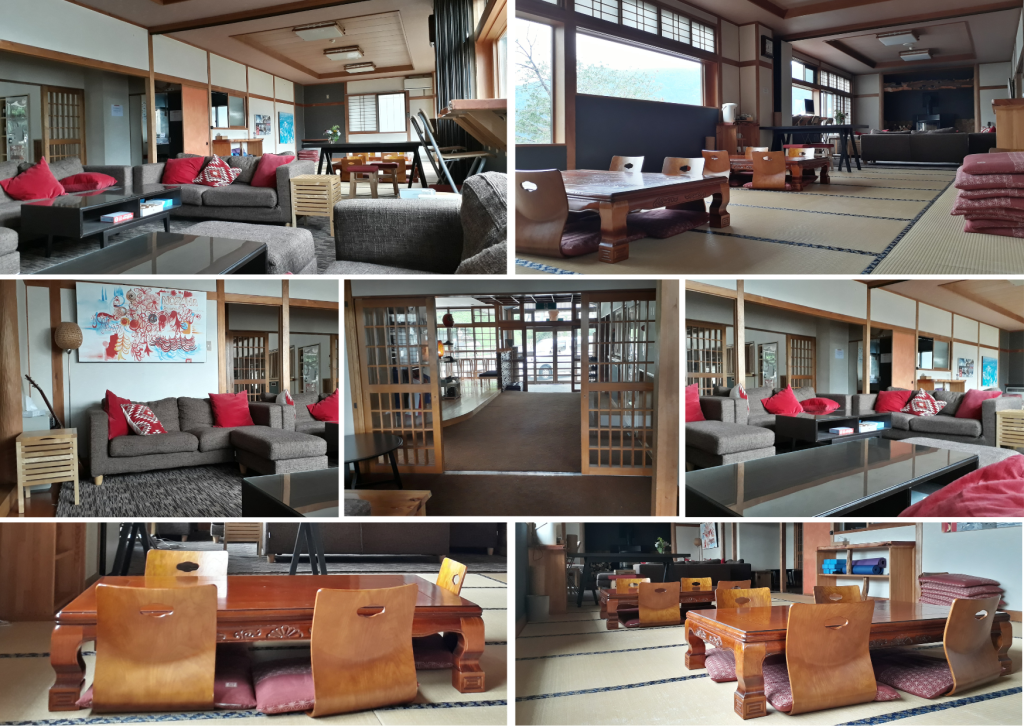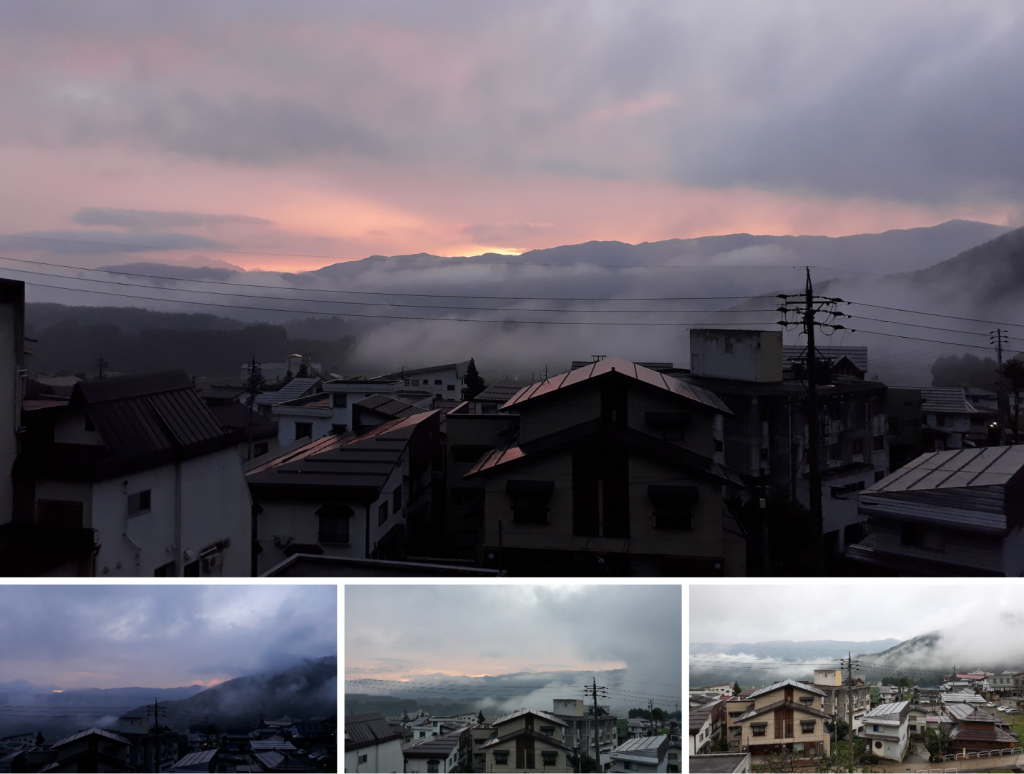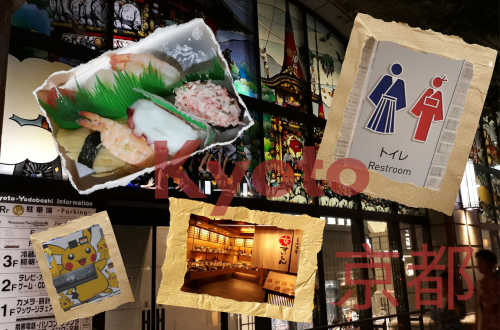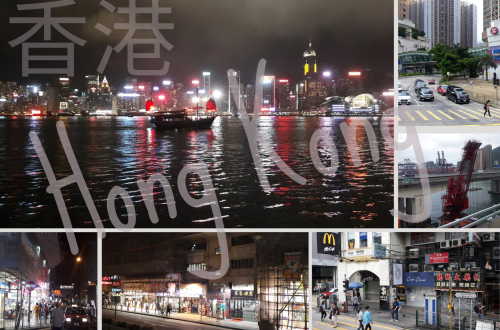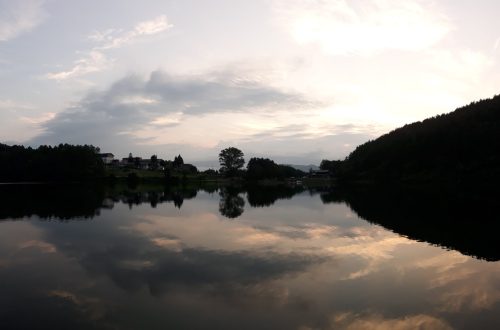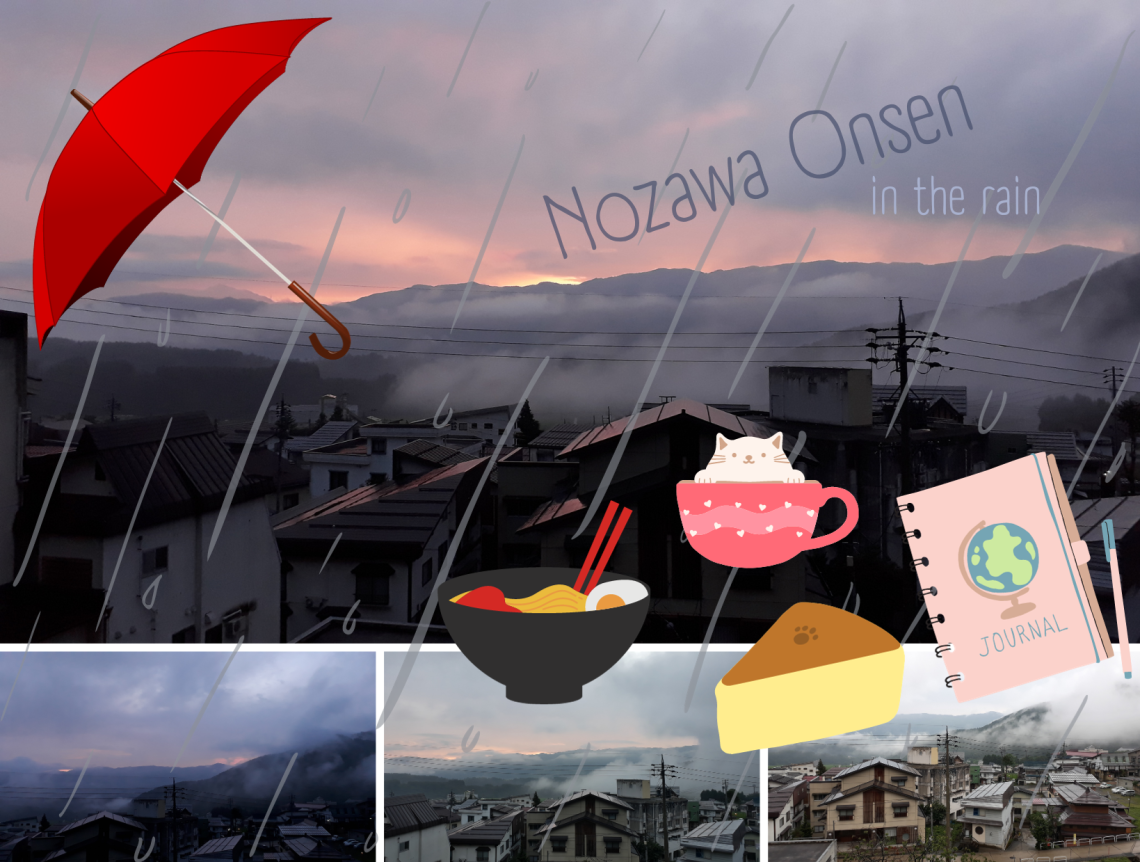
Treeleaf Diary entry 3.4: Japan, Nozawa Village
When grey clouds cover the land and sky: of rainy days and food
Original post from July, 2019. Updated in November, 2023
The super rare appearences of the sun in our current year's (2023) summer and also autumn made me postpone writing this chapter for months. Simply depressing, everything had already been so grey and wet as long as I could remember of 2023, and now I was supposed to write of rainy days as well? Of course, it didn't matter that in Japan it was very warm even then, early mornings being often over 20 degrees (Celsius). On that early morning, when me and one of the French volunteers (she was a photographer) had decided to go visit the local morning market, was the first time since my arrival to Asia when I had put my jacket on. It was rainy and unusually cool, although the coolness was welcome. The summer rains were not a rarity in the mountains and each time it caused huge white misty clouds to form around the mountaintops, covering almost the whole view. Often it rained during the night and everything was still grey and foggy in the morning, until the rising sun slowly dispersed the fog from the mountains. Those thick misty clouds were such an interesting and unusual phenomenon for me - I had never been in the mountains before in my life. It was also unusual to lose some of the direct sunlight in the mornig and evening due to sun setting behind the mountains, much earlier than the official time for sunset. When it rose, the sky was light and blue already for a while before the actual sun could be seen. Despite the weather, it was very easy to wake up early there, often I awoke already around 5-6 (not my usual waking up time for sure). It got dark quickly in the evenings too and I didn't feel like staying up in the dark for long.

The rainy days were mostly used for rest and indoor activities; the French couple also used this time to work on their part of the volunteer project, putting together and editing videos. I often sat at the window table in the first floor's living area and tried to create genuine Japanese quiet life moments with matcha tea, local cake, and journaling. It was really good to write during those rainy days, there weren't many disctractions and thoughts were flowing easy. I also practiced some Japanese I was learnig on DuoLingo, drawing hiragana (one of Japanese's three alphabets) characters in my journal. It was a good spot for watching the village life from those huge windows. I saw a lot of older people, often wearing traditional garb, even the conical straw hats which fascinated me - they were real and practical and not just a part of some "costume". A few days back (from the original writing of this chapter) I had seen an old lady riding a scooter quite naturally in the neigbouring streets, to me it was such a cool sight! I supposed older people actually need scooters there because those steep streets of a mountain village are no joke, it must be a struggle to get up the slope in old age, especially in such heat. As an Estonian, of course, both are quite a novelty - old ladies riding scooters and also such streets, unless you've been to Viljandi (for the latter part).
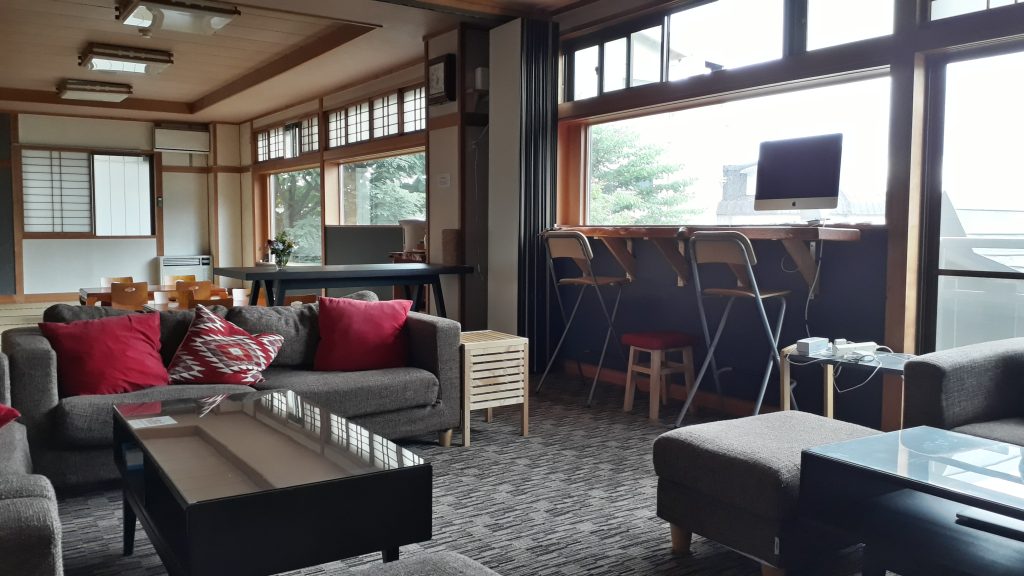
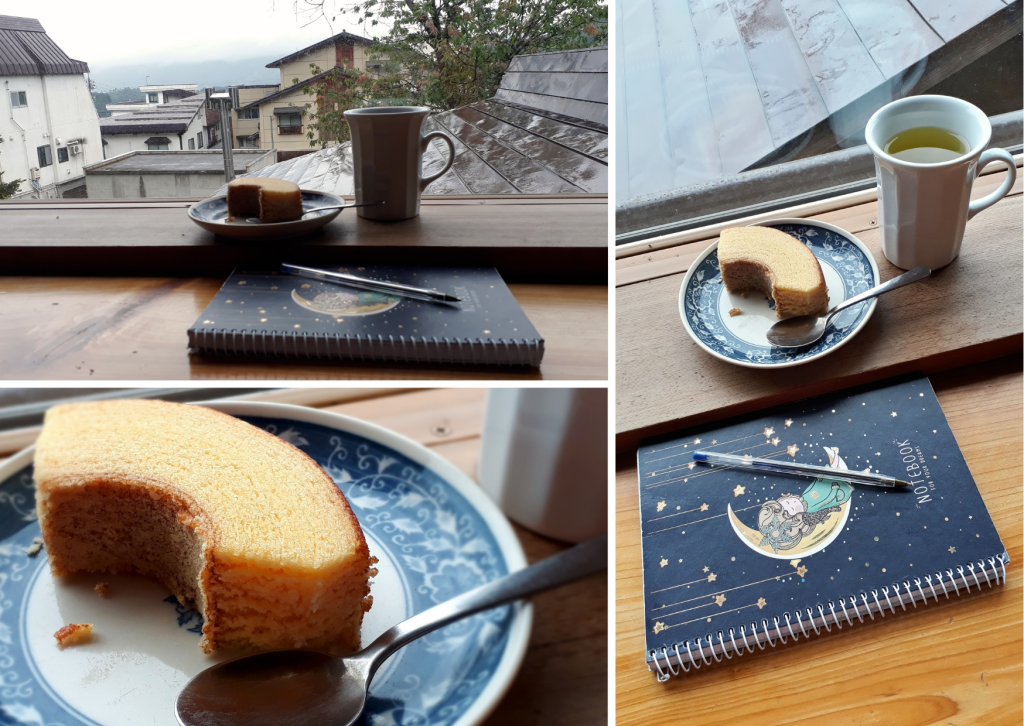
In truth, I felt quite lonely there. As I already previously may have mentioned, other volunteers were all couples and did their own thing most of the time, as couples often do. Not that I was somehow pushed away by anyone, not at all; however, I'm not one to intrude on someone's private time or offer my company as a third wheel. I didn't see others often or they were discussing things among themselves, or in a language I didn't speak. Sure, I was quite used to planning and doing things on my own but it's not always easy to ignore the loneliness. I had also written in my journal at that time that I was put face to face with my fear of doing something wrong, or that I'm not doing enough, or not doing something I was supposed to do. My need to always justify myself, even when not confronted, and the feeling I am not understood had now clearly shown itself in my voluntary experience. Arent's such kind of feelings exactly those that make us surround ourselves with tall impenetrable walls, which makes it difficult for other people's goodwilled intentions to reach you...? Someone recently called me a Soviet woman. Because I try to do everything as it's supposed to be done. Because I want to do everything well. Proper. Like a Young Soviet Pioneer?
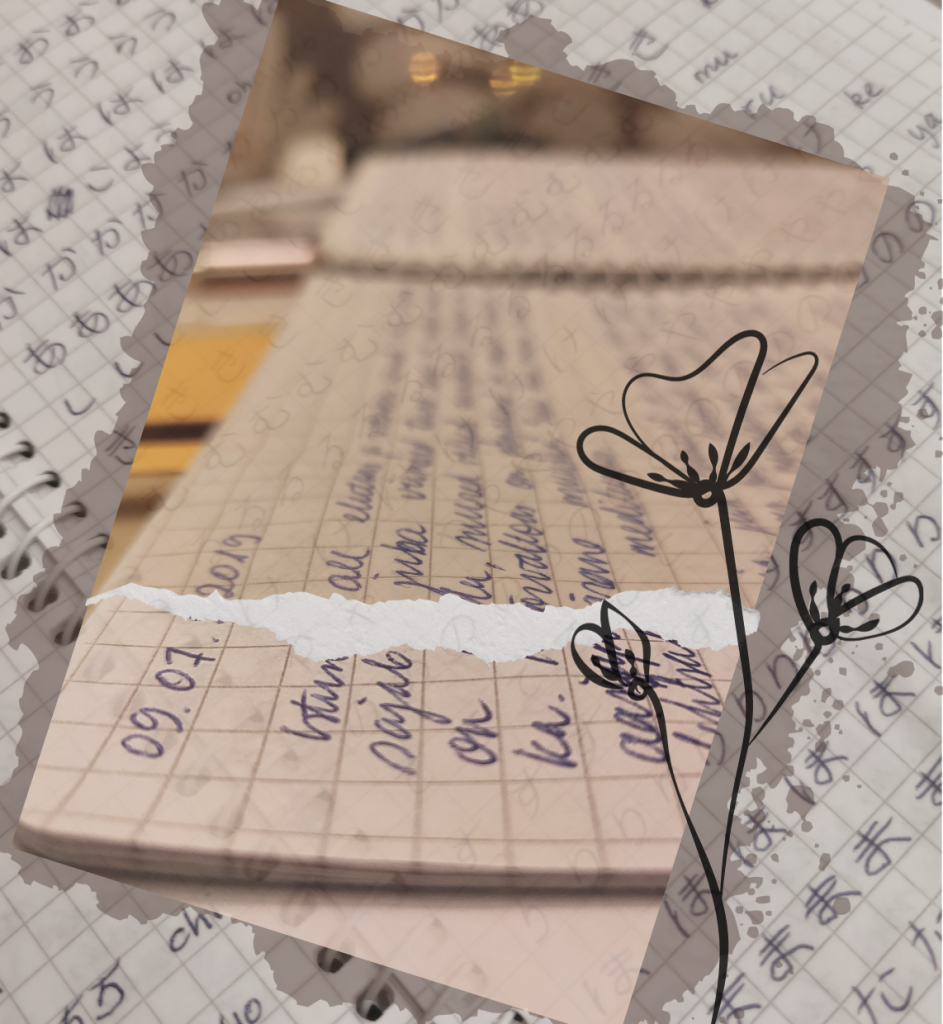
Occasionally, small yoga classes took place in the other room, and the relaxing music coming from there through the doors really helped me think. The rain, Japanese music and architecture, the village roads - there was something very inviting in all that, like a yearning. Even romantic... but with a sombre undertone. I think this feeling is portrayed well in Japanese animated films, especially those by Studio Ghibli and Makoto Shinkai. I would have loved to watch something like that in those moments! Or even Lord of the Rings which to this day is one of my alltime favourites that I can rewatch endless times. Back then, though, all I had was my small phone screen (Samsung A3, 2017) and a vague plan to buy a tablet at some point (which ended up never happenig; besides, did I travel to the other side of the world just to stare at a screen?). Still, I got to dip my toes into that feeling and world that those incredibly beautiful and peaceful animations are influenced by a great deal. The mist, seen from the window, kept rising higher, and it brought back a memory from back home, a few years back when I had witnessed a very early (Estonian summer) morning sunrise like nothing I had seen before - across the big meadow right outside the gate, the mist was being pulled towards the sun from all across the field, as with a vacuum. The sight was incredible. I remembered at the time someone's explanation that it's happening due to the Sun's heat, it pulls all the warmth towards itself and that's why it feels the coldest at dawn right before sunrise. Or something "scientific" like that. I was never good at physics, although I was fascinated by the subject. Either way, something to do with the warm and cold air. With physics, I would just love to already know it all so that things make sense, but studying it was such a pain for me, especially when we had to calculate stuff with formulas etc. I'll leave that to someone else.
The morning market
Actually I intended to write about the morning market! As I've always felt more comfortable and open in 1on1 settings rather than in a bigger group, I was happy to have a companion for that morning trip - me and one of the French girls had decided to go check the market that morning. It was open already from 8 am, and it was a regular thing in the village, either once a week or every morning? I have forgotten... We walked along the familiar streets in a new form - market stands laden with local snacks, drinks, jams and other produce, and probably souvenirs, now sporadically lined the narrow roads. It was raining so most visitors carried an umbrella. Some locals were wearing a traditional Japanese garb - yukata (literally translating as dressing gown), which is a summery, cotton kimono for more casual festivities or even visiting the public baths. As I was traveling with only one single backpack which had to fit into the carry-on compartments, I had decided that I would not buy pointless souvenirs, no matter how cute or pretty - only things that I actually needed or with a useful function, which then could serve as a souvenir if it was decorated or shaped in a way that was custom for a specific country, for example. I did want to try some local street food, however, so I found a traditional (?) mango bun, or was it pineapple? Peach? It was a soft bun with some yellowish fruit cream inside...
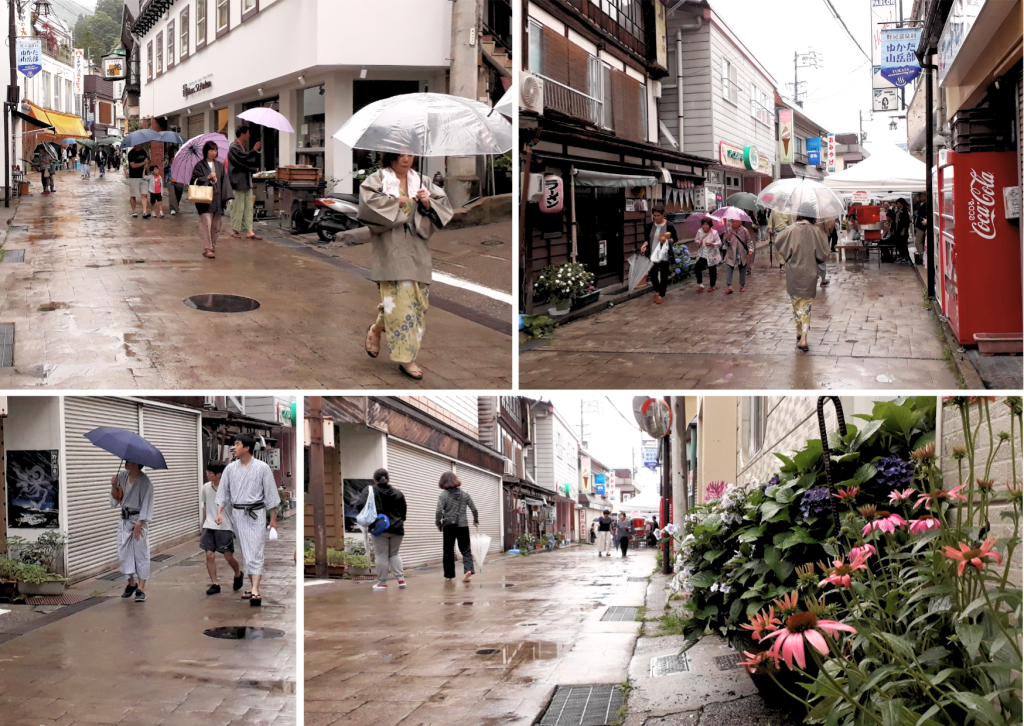
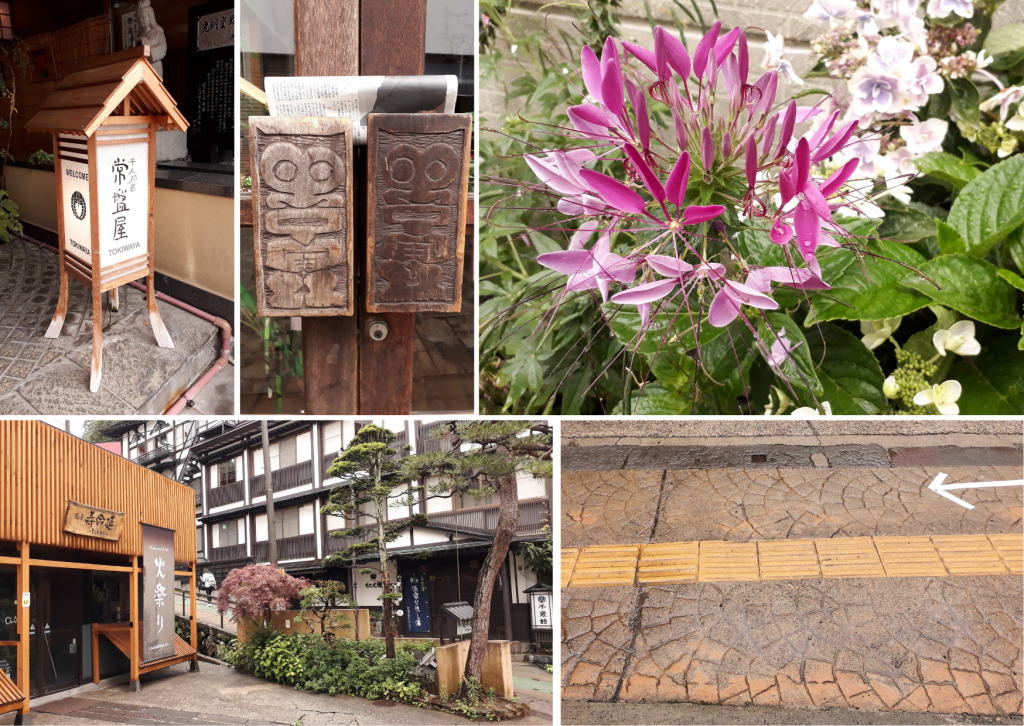
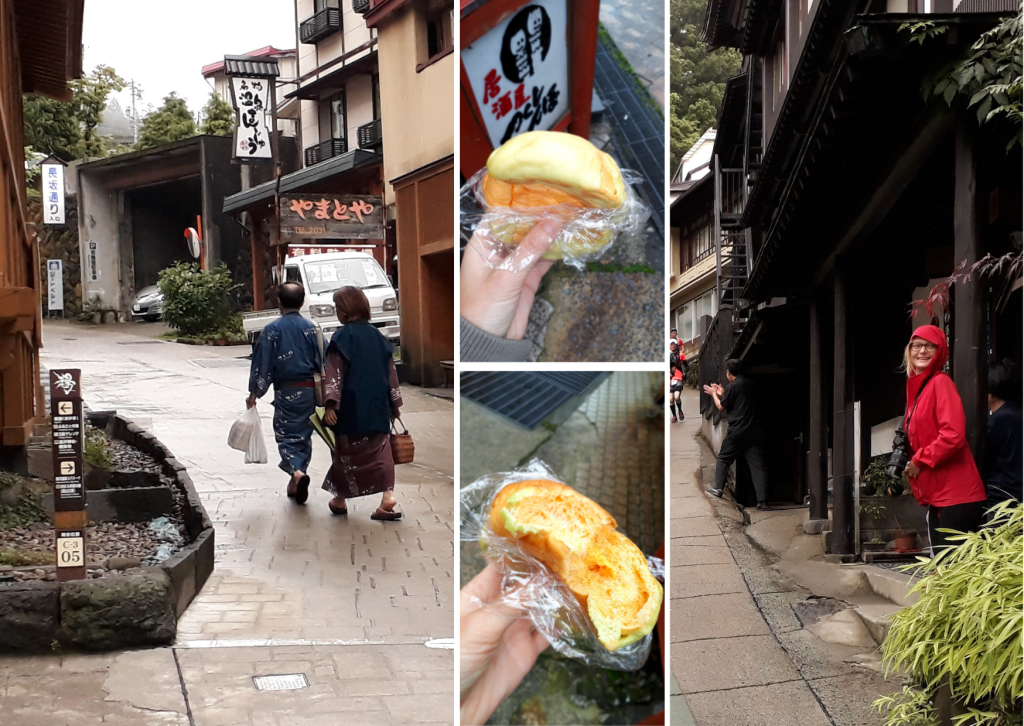
Walking along the main street and browsing the stalls, I noticed an old man sitting on the tall stairs of a street-side building, who seemed to be painting. Somehow it happened that we approached him and asked to see what he was working on. It was such a fitting image in this whole environment - a simply dressed man with a hat, a brush in hand, and painting. Obseving everything from high above, without being noticed. He turned out to be very friendly and happily showed his watercolour paintings of the village, which were beautiful! He was very talented.
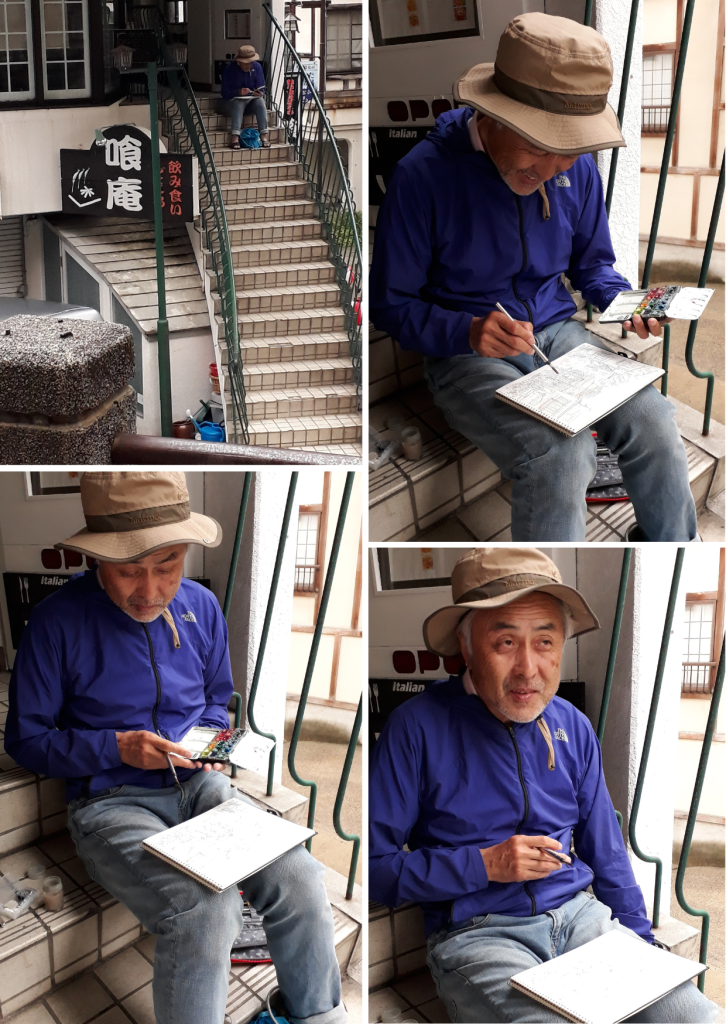
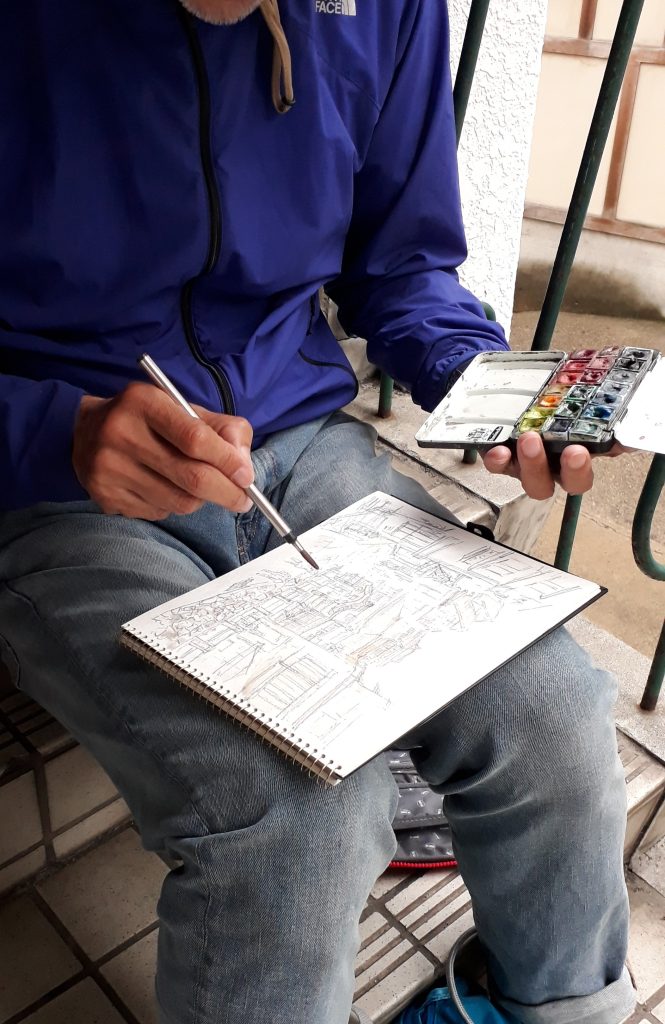
Our little trip to the morning market curiously coincided with a big race in the neighbourhood areas, about 20 km in total? I may be wrong. A part of the race went through our village centre. I didn't know Japanese were such great runners! They were wearing the most unusual equipment (to me at least) - the route was long, through forests and villages, therefore they were all wearing small vests with water bottles with straws and other necessery items. There were a few brave women among mostly male runners as well, or perhaps the ones we saw were the faster ones who could keep up with the first wave. Every runner was also wearing a small bell which was tinkling in rhythm with the steps. It was my understanding that the bells were attached to their gear to keep away wild animals, and possibly to have the local nature spirits and gods' favour and protection. Bears for sure. Some hikers in the forest I met later were also wearing small bells. We observed the runners for a long while; they greeted the locals who were cheering for them when they passed, some pointing to the right direction. We as the only two blonde foreign girls did not go unnoticed either, we received a lot of curious looks and plenty of wide smiles.
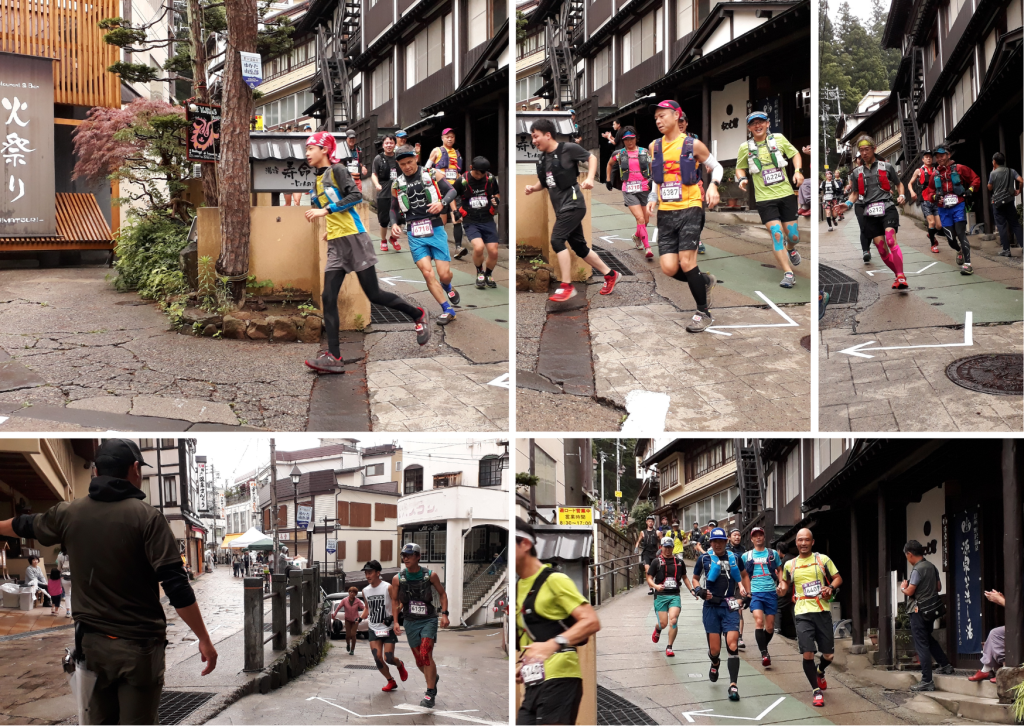
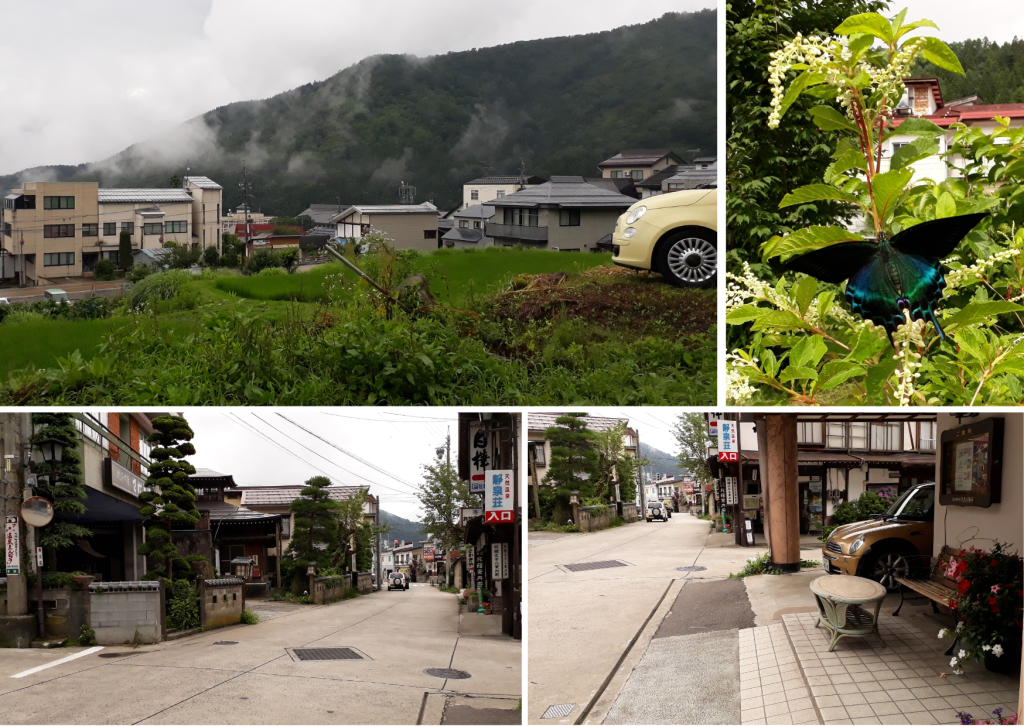
Of food discoveries
As a food lover, I wish to talk more about local food as well. There was one main supermarket in Nozawa that in truth was more of a small village store than an actual supermarket. Those vending machines I had seen around Kyoto station were also everywhere around Nozawa. For example, a whole one designated for cigarettes! It wasn't working, though, we discovered when one of our volunteer group members wanted to buy cigarettes from there. It was likely not many of the ones we had seen were functioning either, they all seemed about 30 years old and quite rusty.
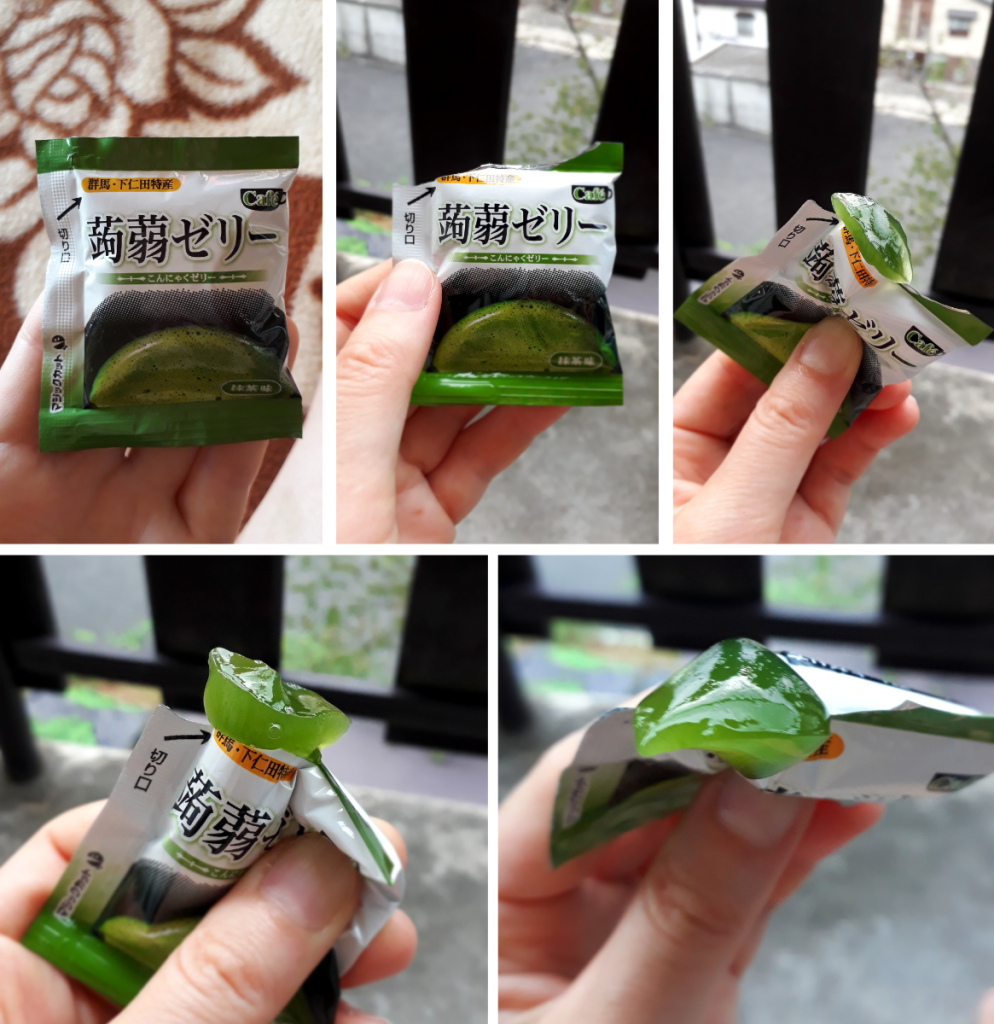
As a small local supermarket, there wasn't much choice there. Especially considering that most things available were already unfamiliar to me. I did buy local rice, however, already on day one; also some sweets to try out - they looked so different there, of course I had to try! A lot of things were matcha-flavoured. Our everyday cheese and butter, for example, were rather expensive. Dairy in Asia in general, everywhere. Same with the most ordinary sliced white bread. Western stuff :) But I didn't go there to eat Western food. Another thing that was quite unusual for me: the shop employees were older gentlemen. Very helpful, a little awkward and nervous due to language barrier but super polite and kind. Of course, that is the general service culture in Japan, very high level, and every time you enter a shop you are greeted with something that is not quite "Hello" - I found out later from locals that it is a custom to say a shop/brand-appropriate version of "Welcome to our shop" or something similar.
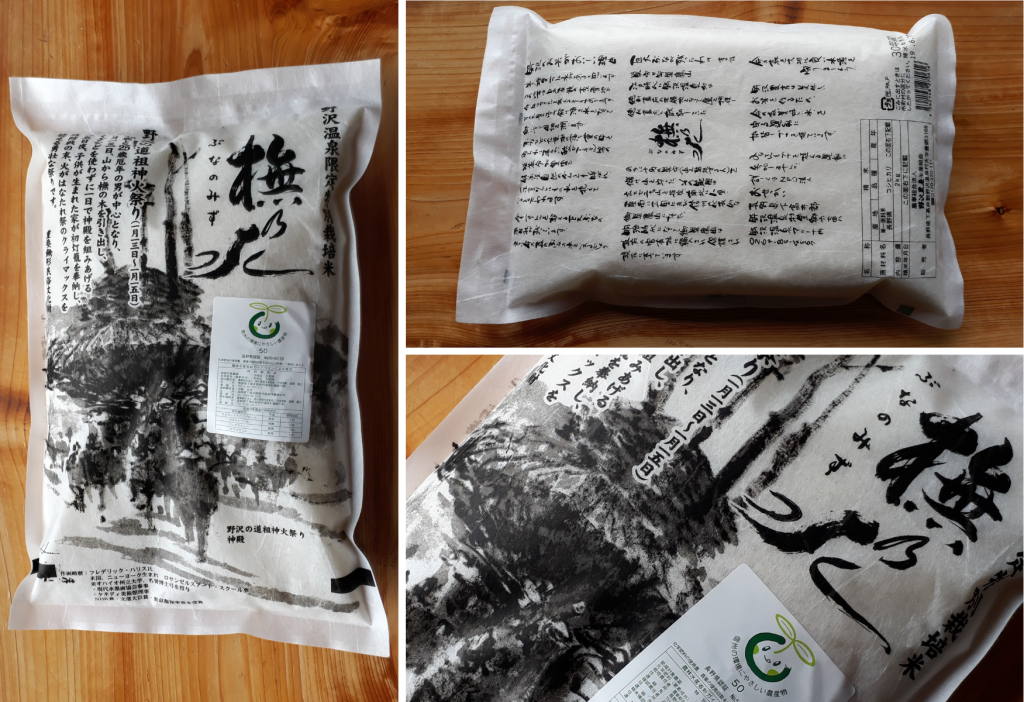

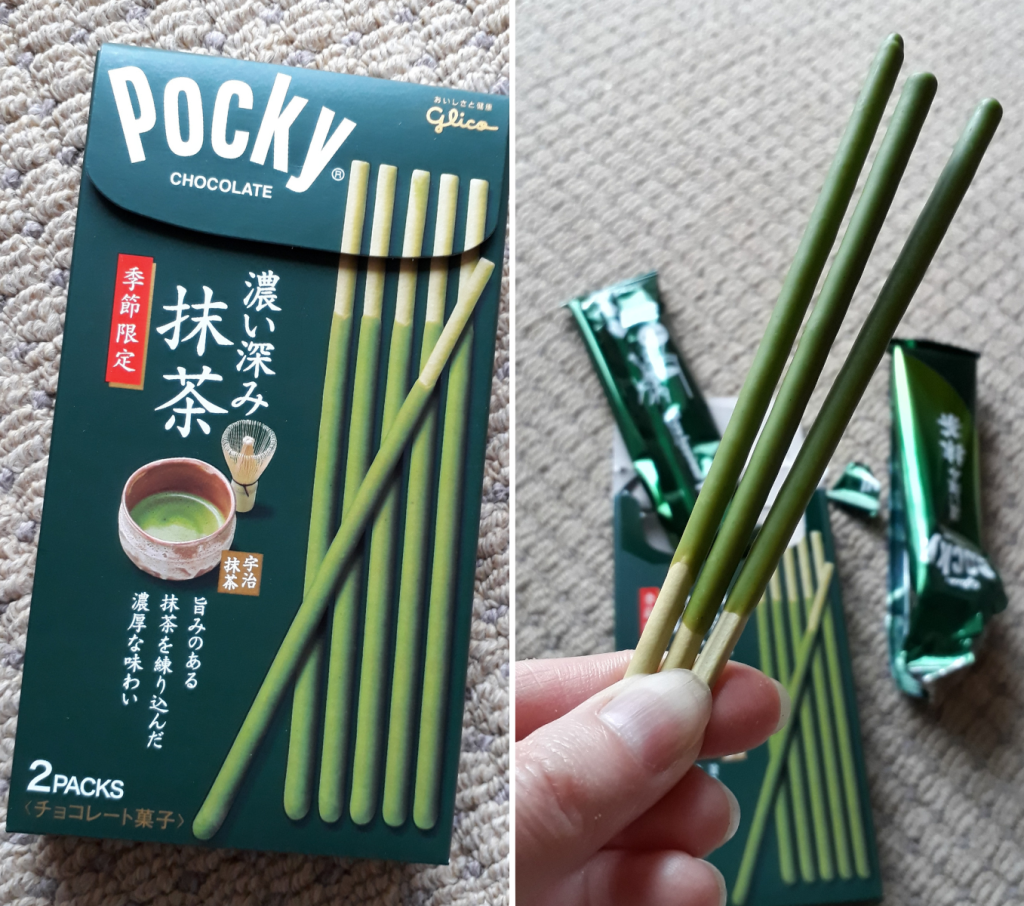
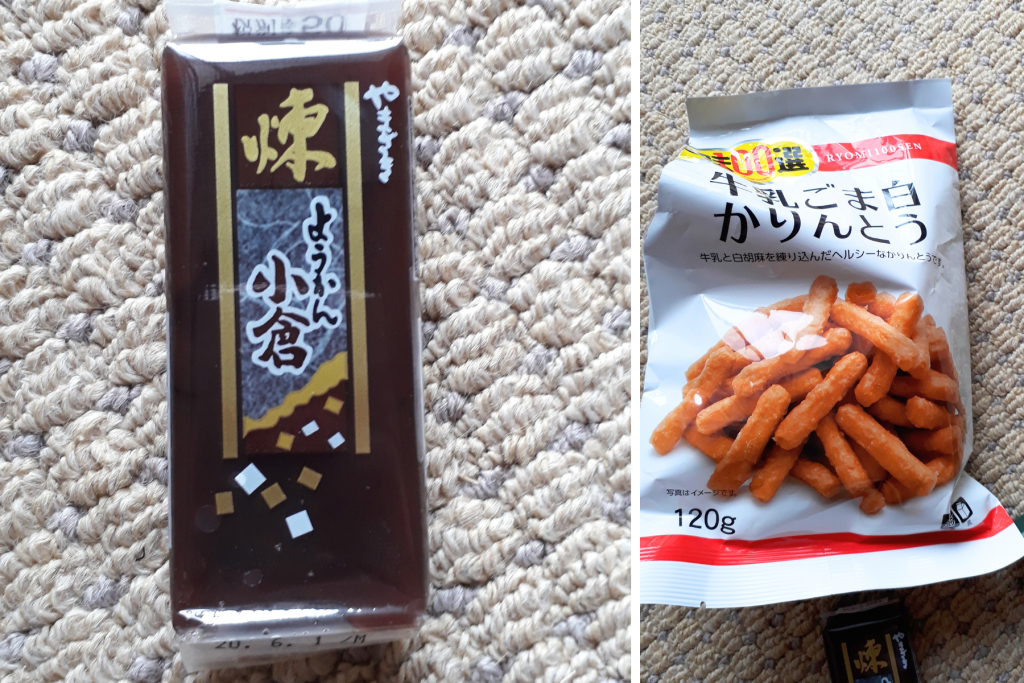
One of the most widely used and popular foodstuffs for sweets was red bean paste. You could probably buy almost anything with red bean flavour... In the beginning, the taste of it was quite shocking to me, especially tasting that red bean "sweet" on the photo. It took me a while to accept that taste, and why on earth would anyone consider beans as sweets? A very typical use for red bean paste was as a mochi filling, and mochi could be bought from basically any grocery store. I also found some locally made vegetable patties cooked in dough, tempura? Those became my favourites, they were so tasty and made freshly on site. I learned how to make simple miso soup as well - it was great to be able to make it with local, real, fresh ingredients. At that time in Estonia (2019), there still wasn't much of a choice, if anything at all. Things have now greatly improved.
In Japan, however, were whole shelves full of different seaweeds and algae, miso soup mixtures, fermented soy, mushrooms, and so much more. One thing I discovered there were bonito flakes. These were paper-thin flakes of dried/salted and smoked fish that are used in a lot of foods, also as basis for different soups and sauces for their strong taste. But they can also be eaten without preparing - just pour out of the pack on top of your soup or other food as decoration. What's especially fun about them - with heat they become "alive" - the movement is created by the small flakes either curling up or unrolling, they literally move, as if alive!
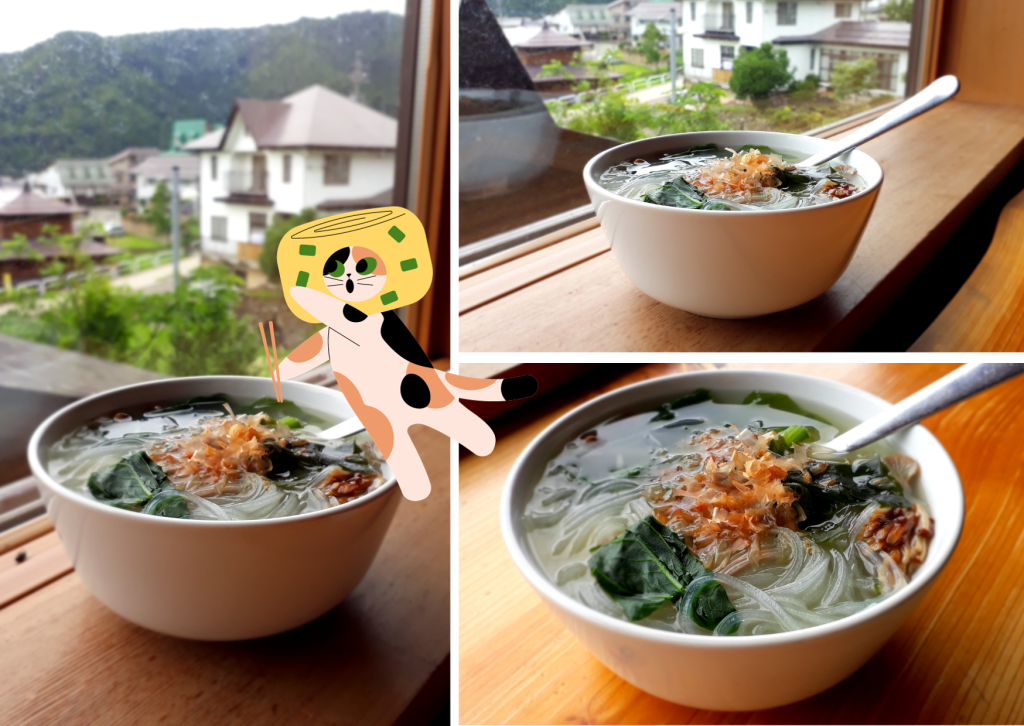
Bonito flakes are also used as garnish for the traditional cabbage pancake - okonomiyaki (お好み焼き - literally means "grilled as you like it"). This was one of those Japanese foods that I saw pictures of already before, back in Estonia, and had decided to try that for sure. It looked so delicious! There was an okonomiyaki restaurant on our street, I found out later, and visiting that place at the end of my stay in Nozawa was my first and last visit to a real Japanese restaurant, at least during this trip. Because it was summer and off-season, most places were either closed, or open like once a week, so it wasn't easy to get there. Still, one evening we managed to get word that it was open and we went there with our whole group of 6. It was the first time I learned that mochi is not necessarily sweet - I ordered my cabbage pancake with mochi; all the while thinking how are they going to combine sweet with savoury? But mochi is just the rice flour paste itself, sweetened by the filling and powdered sugar cover (so it wouldn't stick) but then it already becomes daifuku...
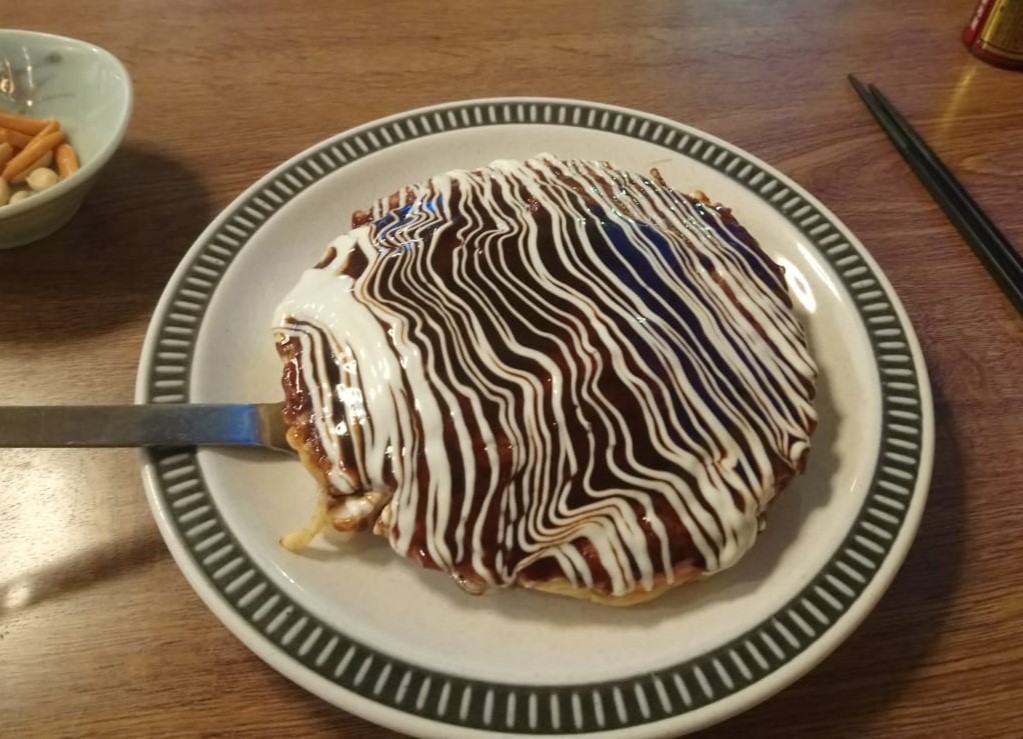
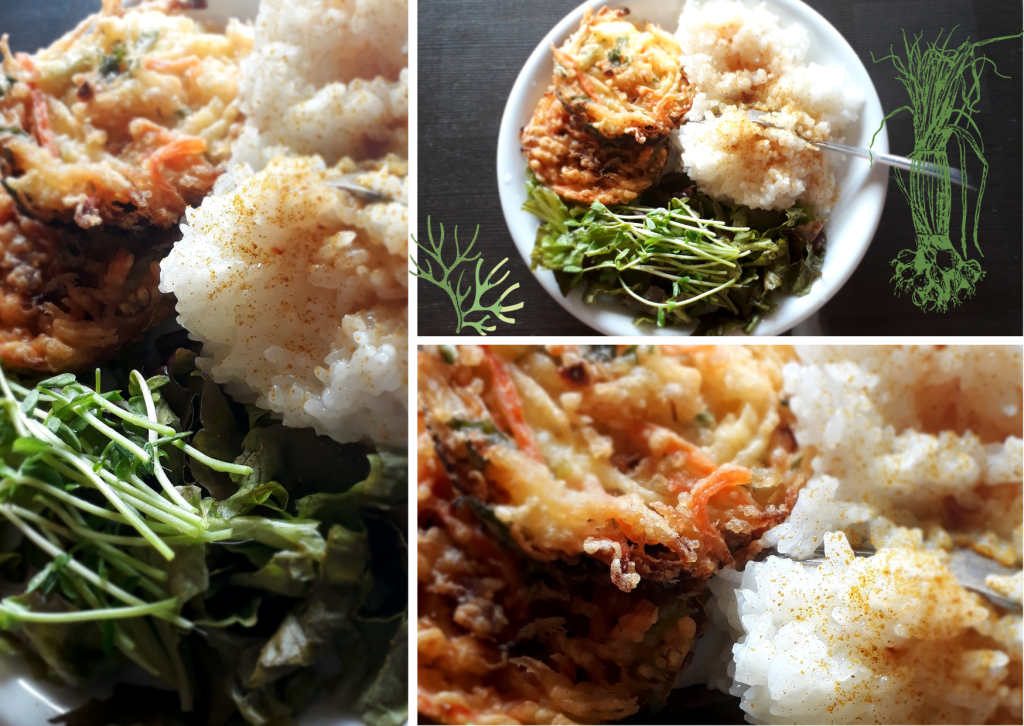
Japanese food is still my favourite. Already because it's so easy to make some of the foods, there is a huge choice, and it's always possible to try different ingredients and fillings. If only I could've taken the Asian supermarkets with me :) Only trouble is with fruit - it's mostly scarce and super expensive. I have seen photos on social media of a single mango in Japan, costing 75 US dollars.. Luckily, my situation wasn't as extreme but I admit I mostly left fruit out of my menu. Occasionally I still ate something, such as plums from the local farmers market, they were very good! Also, I loved the many types of green leafed vegetables that could be cooked and put in a soup.
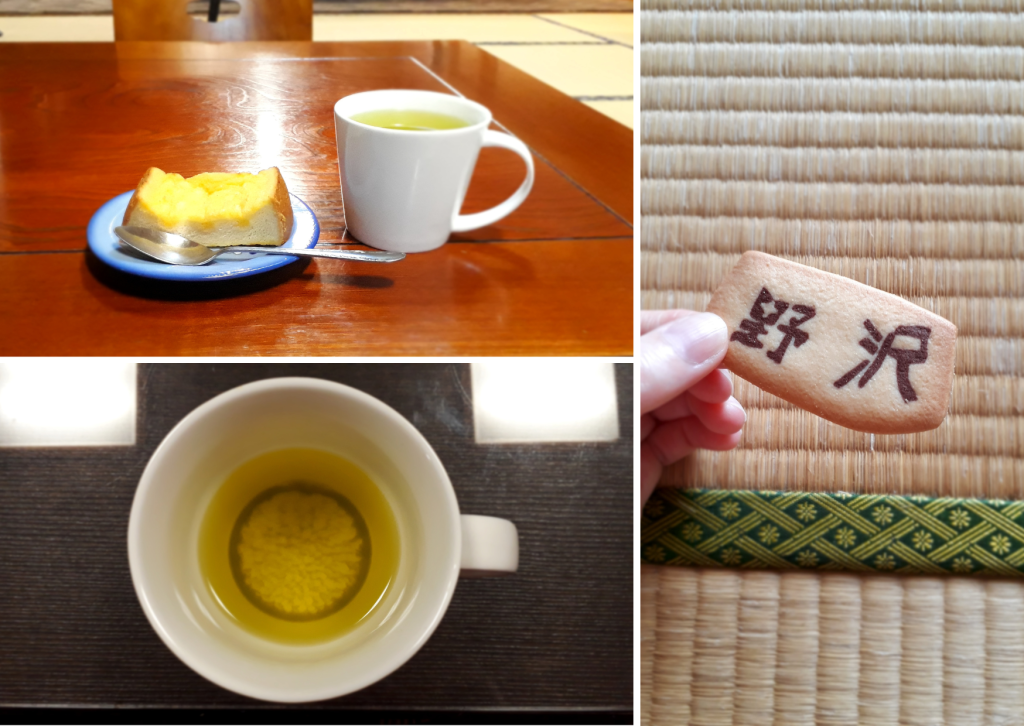
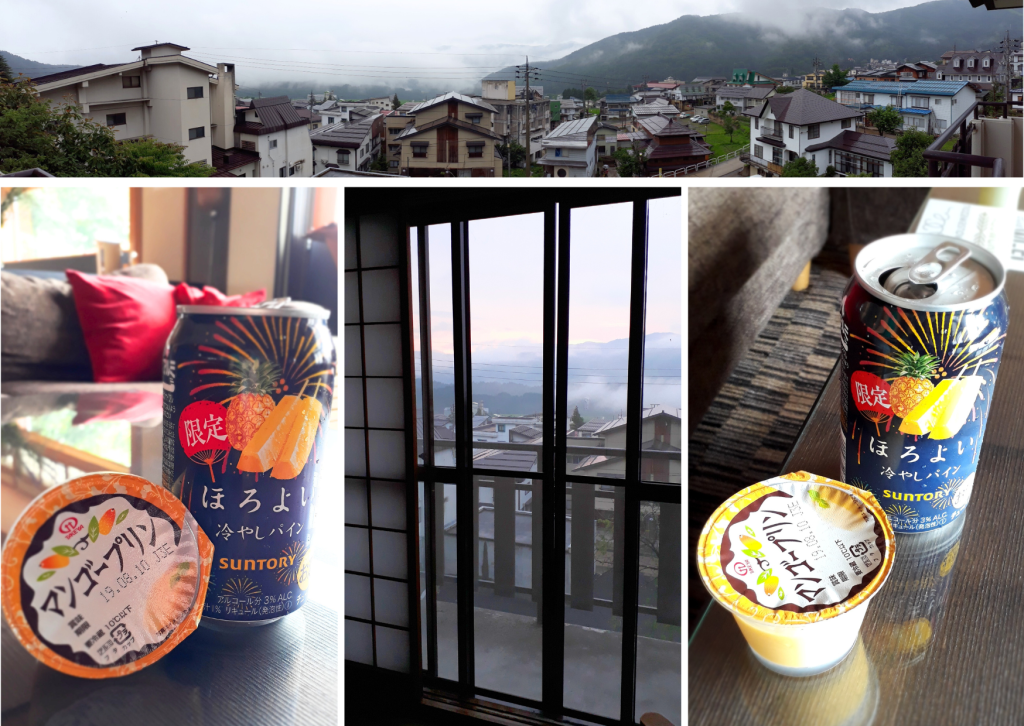
And of course, tofu! With the larger supermarkets having dozens of different types and levels of softness, it was easy to get confused and not know which one to pick. Organic and regular, fried and silky. It was the same thing with soy sauces and sesame oils - dark and light, reduced salt, stronger, lighter, etc. There's a fair amount already in Estonia but Japan was on a different level. Another thing that completely baffled me were all sorts of vegetables and other unidentifiable things in some sort of liquid. A marinade? Salt water? Not in jars but soft plastic packages or containers. Google Translate rarely worked as needed on the spot, besides, in a village shop there often weren't even labels to translate. I remember that in the beginning, most every second item I saw on the shelf was a huge question mark in my head; later on I felt more comfortable and were able to get what I needed. But that "later" was only after a few months in Asia, and because Asian supermarkets are very similar in essence.
Sometimes, however, I got really tired of all that foreign stuff and to get a break I just made simple sandwiches, Estonian style. With matcha tea, of course. Didn't have anything else in the cupboard :) Butter was sold also in tiny hotel-sized packages, and because I refused to pay 4 euros for a standard-size pack, I got the little ones :) I just had to get something "normal" for a change. The same was with cereal, which I occasionally ate with soy milk.
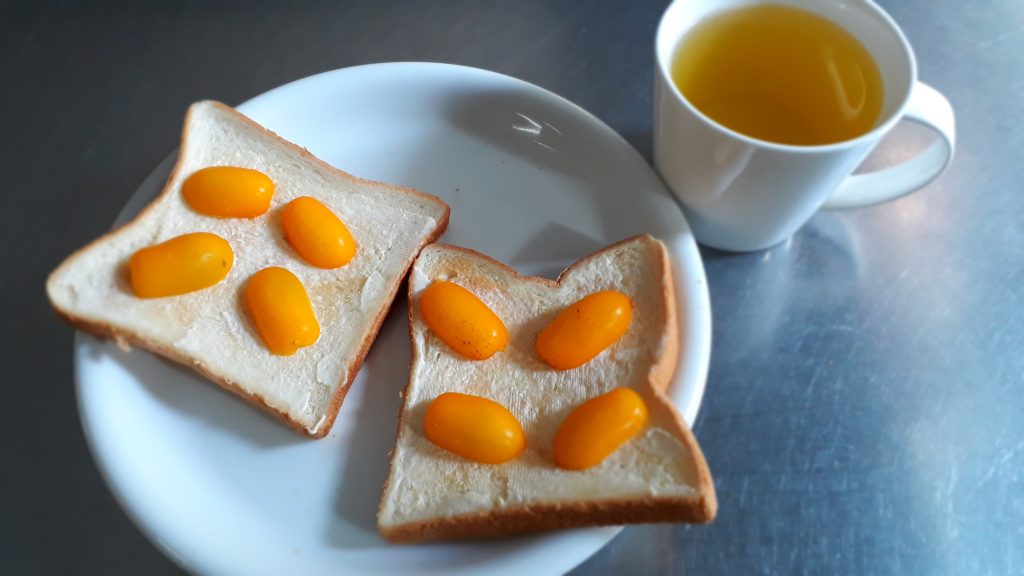
I've added some photos of the villa interior here in the end of this chapter. In the next one, I'm back exploring - although, still in the local ski village lands.
